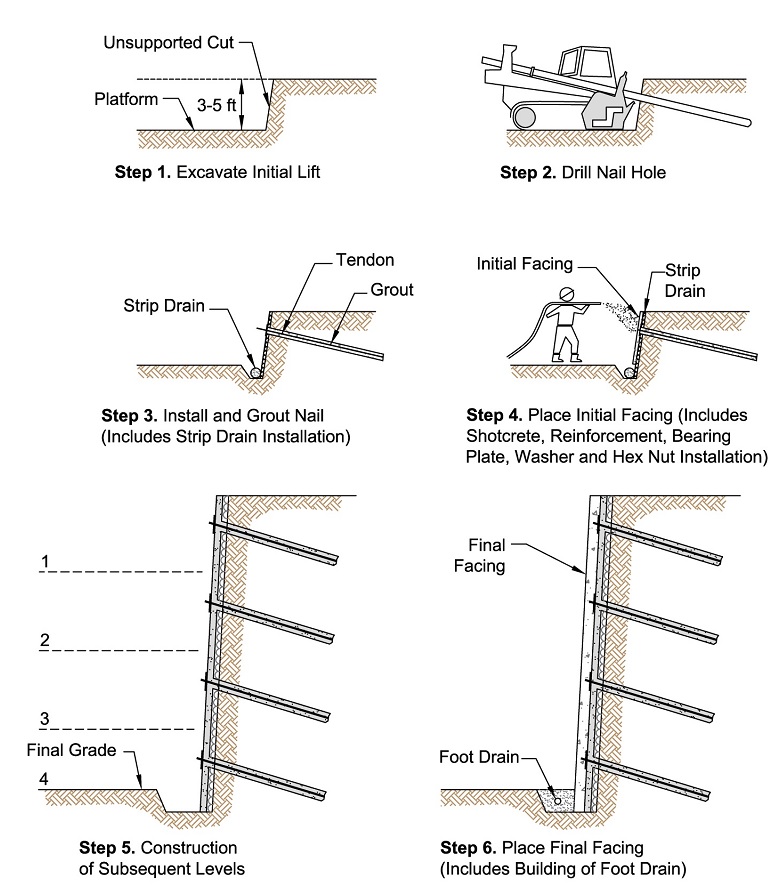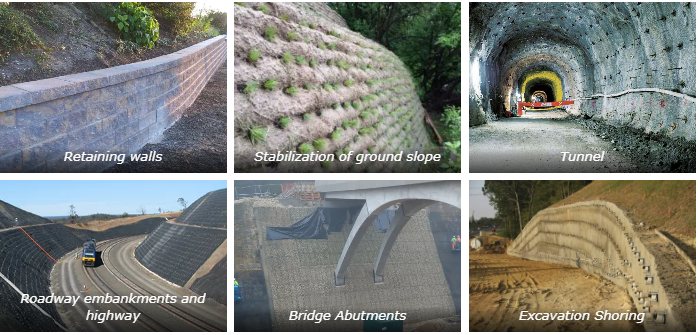Magpies
From Kashmir to Myanmar, a few closely related blue magpie species are a common sight.
- Taxonomy – It belong to the Corvidae family of birds that includes crows, jays and ravens.
- Characteristics – The body is about the size of a pigeon, but with a 45 cm-long tail, adding up to an overall size of 66 cm.
- While foraging for worms on the ground, the tail is pointed upward and while picking berries in trees, the tail swoops downward.
- The flight is characteristic too: a few quick wing beats, followed by long gliding movements.
- All the species can be spotted as solitary birds, in pairs, or in noisy flocks of 8-10 birds.
- Both parents take part in raising the young.
- Types – While there are many types in India, the 4 prominent ones in Himalayas are
- Gold-billed magpie
- Yellow-billed blue magpie
- Red-billed magpie
- Blue magpie – It is similar to the red-billed magpie in appearance.
- Habitat
- At higher altitudes – Between 2000 and 3000m above sea level, the gold-billed magpie, Urocissa flavirostris, also called the yellow-billed blue magpie are found.
- At slightly lower altitudes – The red-billed magpie.
- At lower altitudes – The blue magpie, where humans live in larger numbers.
The yellow and red-billed magpie varieties are often seen in the trekking corridor in Western Sikkim to Kanchenjunga from near the Goche La pass at about 4,700 metres above sea level.
- Nesting – The yellow-billed blue magpie builds its nests at the forks of branches in rhododendron trees.
- The nest itself appears to be a hurried job of twigs, with a soft lining of grass in which 3-6 eggs are laid in the months of May or June.
- Cultural significance – Birds of this family are generally considered to be noisy, inquisitive birds that in folklore from around the world.
- It have often been associated with omens, good or bad.
- In some European cultures, they accompany witches and an English rhyme, suggests that spotting a lone magpie brings bad news.
Reference
The Hindu| The Magpies of the Himalayas
PS4 Engine
Indian Space research Organisation (ISRO) has successfully conducted a long-duration test of its '3D printed' PS4 rocket engine.
- It is a liquid rocket engine that uses
- Oxidiser – The earth-storable bipropellant combinations of Nitrogen Tetroxide.
- Fuel – Mono Methyl Hydrazine in pressure-fed mode.
- Developed by – ISRO's Liquid Propulsion Systems Centre (LPSC).
- LPSC redesigned the engine making it amenable to the Design for Additive Manufacturing (DfAM) concept thereby gaining considerable advantages.
- Manufactured in – Indian industry (M/s WIPRO 3D).
- Technology – It is manufactured through additive manufacturing (AM) technology for a duration of 665 seconds in the conventional machining and welding route.
- Laser Powder Bed Fusion technique – It has brought down the number of parts from 14 to a single-piece and eliminated 19 weld joints, saving significantly on the raw material usage per engine.
- Hot tested at – ISRO Propulsion Complex, Mahendragiri, Tamil Nadu.
|
Rocket Engine testing
|
- Once assembled, the engine is ready for testing.
- Cold flow tests and pressure tests – The fuel and oxidiser are flowed through the engine without being ignited, to verify the flow paths and check for leaks.
- Hot fire tests – Following successful cold flow tests, ‘hot fire’ tests are conducted where the engine is ignited, and its performance measured.
|
- Usage – It has been in use for the 4th stage of PSLV (Polar Satellite Launch Vehicle) which has a thrust of 7.33 kN in vacuum condition.
- It is also used in the Reaction Control System (RCS) of the 1st stage (PS1) of PSLV.
- Significance
- It is a single piece engine.
- It saves 97% of raw materials.
- It reduces the production time by 60%.
References
NDTV| Successful hot testing of 3D printed PS4 Rocket Engine by ISRO
Soil Nailing
The Tamil Nadu State highways department is undertaking the stabilisation of slopes around the Nilgiris’ major roads by growing grasses to prevent soil erosion.
The project, known as ‘slope stabilisation using soil nailing and Hydroseeding method,’ is being undertaken in Ketti, Kattabettu, Perar, Kudah and Udhagamandalam around Nilgiris’.
- Soil nailing – It is a geotechnical engineering technique that involves the insertion of reinforcing elements into the soil in a specified area to strengthen it.
- Types - Drilled and grouted soil nailing, driven soil nailing, drilling soil nailing, jet grouted soil nailing and launched soil nailing.
- Basic technique – Many holes are drilled in walls or slope face and then, nails are inserted in the pre-drilled holes.
- After that, the hole is filled with grouting materials such as concrete, shotcrete etc.

- Application – It is used for slopes, excavations, retaining walls etc. to make the soil more stable.

Hydroseeding is a process of applying a mixture of seeds, fertilizer, organic materials and water onto the soil to facilitate the growth of grass and plant-life, that will help hold the top soil together and prevent erosion.
References
- The Hindu| Soil stabilisation in Nilgiris by Soil Nailing
- Civil Engineering| Soil Nailing methods and techniques
India in UNFF-19
India had informed its significant advancements in forest conservation and management over the past 15 years during the 19th session of United Nations Forum on Forests (UNFF).
- UNFF-19 – It was held in New York, United States in 2024.
United Nations Forum on Forests (UNFF), a UN body that aims to promote the management, conservation and sustainable development of all types of forests and to strengthen long-term political commitment.
- India in UNFF 19 – It had organised an event on 'Principles and Strategies for Landscape Integrated Fire Management through Collaborative Governance', in UNFF 19.
- India’s recommendations – It proposed to adopt an integrated approach to forest fire prevention and management, along with post-fire landscape restoration.
- It proposed operationalisation of the Global Fire Management Hub.
Global Fire Management Hub, an initiative of the UN Environment Programme (UNEP) and FAO, which aims to create a platform for sharing knowledge and experience in mitigating forest fires.
- India shared its experience with technology adoption
- Use of remote sensing for near-real-time fire monitoring.
- Online geoportals for forest fire reporting
- Ecosystem-based approaches for post-fire restoration.
- It suggested creating universally accepted global standards for forest certification and pressed for increased role of communities in addressing forest fires and biodiversity conservation.
|
India's commitment to conservation
|
- Species conservation & habitat protection – India has completed the 50 years of ‘Project Tiger’ and 30 years of ‘Project Elephant’.
- International Big Cat Alliance – A global initiative by India aimed at protecting and conserving the 7 big cat species worldwide through collaborative efforts.
- Green Credit Program – A market-based mechanism rewarding voluntary environmental actions by individuals, communities, and the private sector was introduced.
- Forest fire management & forest certification – In 2023, India hosted the Country Led Initiative under UNFF in Dehradun, focusing on these topics, whose recommendations were presented during UNFF 19.
|
- UNFF19 declaration
- To take urgent and accelerated actions to halt deforestation and forest degradation.
- To prevent land degradation
- To promote implementing the United Nations Strategic Plan for Forests and the achievement of the Global Forest Goals.
Globally, India ranks 3rd in the net gain in average annual forest area between 2010 and 2020.
References
- DTE| India’s recommendations in UNFF-19
- The Hindu| India’s commitment to environment conservation
Rules on contesting seats
Recently, the question around dual candidature arose when a Congress leader filed his nomination from Uttar Pradesh after contesting from Kerala in the second phase of 2024 Lok Sabha elections.
- Legal provision – Representation of the People Act (RPA), 1951.
- Original provision – It didn’t had any bar on the number of constituencies from which a candidate could contest.
- 1996 amendment to RPA – It allowed a candidate to contest from 2 seats, thus creating an upper ceiling.
- Restriction on holding seats – According to Section 70 of RPA, a candidate can hold only one seat at a time, regardless of whether he or she has been elected from more than one seat.
- Challenges – If a candidate wins from 2 seats, a by-election is necessary from the seat he or she vacates.
Election Commission of India and the Law Commission have both proposed that the RPA Act should be further amended to allow 1 person to contest from only 1 seat.
|
Eligibility to contest an election
|
- Candidates must be citizens of India
- Registered in the constituency as a valid voter
- Must not have been convicted of any offence punishable by more than 2 years.
- There is no minimum educational qualification needed to contest general elections in India.
- Minimum age – For Lok Sabha and Assembly polls is 25 years, while one can become a member of the Rajya Sabha or the State Legislative Council only at 30 years.
- Geographical eligibility – A person has to be a voter in a particular State to contest Assembly polls from there.
- In a Lok Sabha election, a person can be registered as a voter in any constituency of the country.
- Exception - For contesting in Assam, Lakshadweep and Sikkim in Lok Sabha election, the candidate needs to be a registered voter within that particular state/UT.
|
|
Disqualification of candidates
|
- Constitution – A person shall be disqualified from being chosen as or being a member of either House if he holds any office of profit under the Government of India or any State or
- If he or she is of unsound mind and stands so declared by a competent court and an undischarged insolvent or
- If he or she is not a citizen of India or has voluntarily acquired the citizenship of a foreign state.
- RPA Act – If a person is convicted of any offence and sentenced to an imprisonment of two years or more, this will lead to his disqualification to contest elections.
|
Recent changes by the Election Commission of India (ECI)
- It include decreasing the cash donation limit from 20,000 rupees to 2,000 rupees.
- For the 2024 polls, the ECI has banned cash transportation in bank vehicles after sunset.
- The Commission is also monitoring non-scheduled chartered flights for cash, liquor, and drug movement.
- The Electoral Bond Scheme, notified in January, 2018, allowing anonymous contributions to limit use of cash, was scrapped by the Supreme Court in 2024.
Reference
The Hindu| Rules for Contesting Elections

